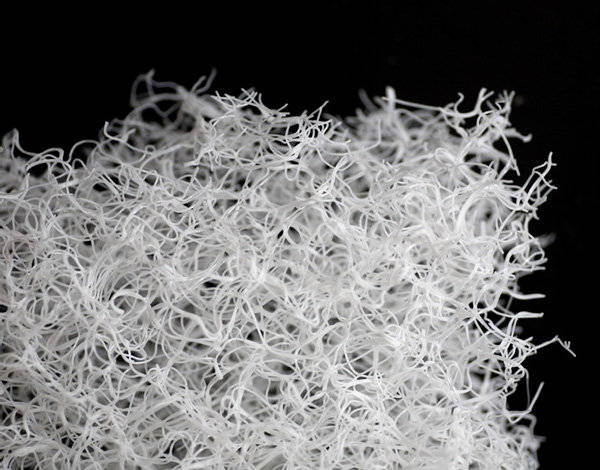By examining the environmental crises facing humanity and the planet, we hope to delve deeper into how designers can respond to these issues. I base my discussion on a range of scientific research that highlights the relationship between design, ecology, and sustainability. I am particularly interested in these sources because they provide a theoretical and practical basis for understanding the role of design for change in addressing environmental issues. By studying these texts, I gain a deeper understanding of how to change my design for change practice to promote sustainable development and environmental protection.
Bennett, J. (2009). Vibrant Matter: a Political Ecology of Things. [online] Durham: Duke University Press. Available at: https://www-jstor-org.eux.idm.oclc.org/stable/j.ctv111jh6w [Accessed 21 Oct. 2024].
Challenging traditional anthropocentric perspectives, the book argues that objects and “things” have unique and dynamic forms that can impact human societies and ecosystems. Drawing on the philosophy of Spinoza and others, the author argues that all humans and non-humans possess a dispositional essence and “thing-power” – an inherent life force and the ability to influence others. The author believes that life exists not only in humans but also in non-human substances and objects. The book attempts to move away from the view that life is attributed to mysterious or supernatural forces and instead emphasizes the inherent vitality and autonomy of life. This perspective is important for understanding how to make design more sustainable and provide objects with an environmentally friendly life cycle.
Braungart, M. and Mcdonough, W. (2002). Cradle to cradle: remaking the way we make things. [online] London Vintage. Available at: https://www.vlebooks.com/Product/Index/273455?page=0&startBookmarkId=-1 [Accessed 13 Oct. 2024].
The book proposes that products and materials should be designed to be infinitely recyclable, rather than becoming waste after a single use. They advocate that design should follow the principles of natural ecosystems, that is, there is no so-called “waste”, and every output is the input of another process, striving to establish a symbiotic relationship between human industry and the environment including using renewable resources, designing safe products, extending product life, using renewable energy, etc. This book provides practical advice for businesses and designers to create cost-effective and environmentally friendly products.
Fallan, K. and Jørgensen, F.A. (2017). Environmental Histories of Design: Towards a New Research Agenda. Journal of Design History, 30(2). doi:https://doi.org/10.1093/jdh/epx017.
This paper explores the intersections between environmental history and design history, highlighting the need for a deeper exchange between the two fields. It argues that while environmental history has examined the role of technology and material culture in environmental change, the specific contribution of design has often been overlooked. Conversely, design history also faces challenges in its approach to environmental issues. The paper argues that building a mutually beneficial understanding between environmental history and design history could facilitate the development of a new interdisciplinary research agenda exploring the environmental history of design. This paper contributes to a more comprehensive understanding of the role of design in environmental sustainability and lays the foundation for future research in this area.
Altés, A. and Lieberman, O. (2013). Immediate Architectural Interventions, Durations and Effects: Apparatuses, things and people in the making of the city and the world. In: Intervention, Durations, Effects: Notes of Expansive Sites and Relational Architectures. [online] Baunach, Germany: Spurbuchverlag, pp.28–45. Available at: http://umu.diva-portal.org/smash/record.jsf?pid=diva2%3A652100&dswid=-3537 [Accessed 10 Oct. 2024].
The paper discusses the concept of “immediate architectural intervention” and criticizes the architectural profession’s disconnect from social, political and ethical concerns. It argues that architecture has focused on the serial production of either “anti-architecture” or the creation of “stunning” figurative buildings, abandoning the design of coexistence. The authors propose a relational and collaborative approach to architecture that intervenes in the world and paves the way as it goes, rather than viewing architecture as an autonomous entity. They emphasize the need to intervene “inside”, act in the moment, use existing tools, and be aware of history and context.





In the short introduction at the beginning of the blog entry I recommend that you include why these sources are of interest to you? How do they relate to your own practice or the practice of other designers? Be more explicit and provide a clear explanation with the LO (Learning Outcomes) of the course in mind. Also, include more than 3 sources for an annotated bibliography to demonstrate more evidence of independent reading. If you are struggling to find academic texts check the Reference List available on Learn, this can guide you to further reading materials.